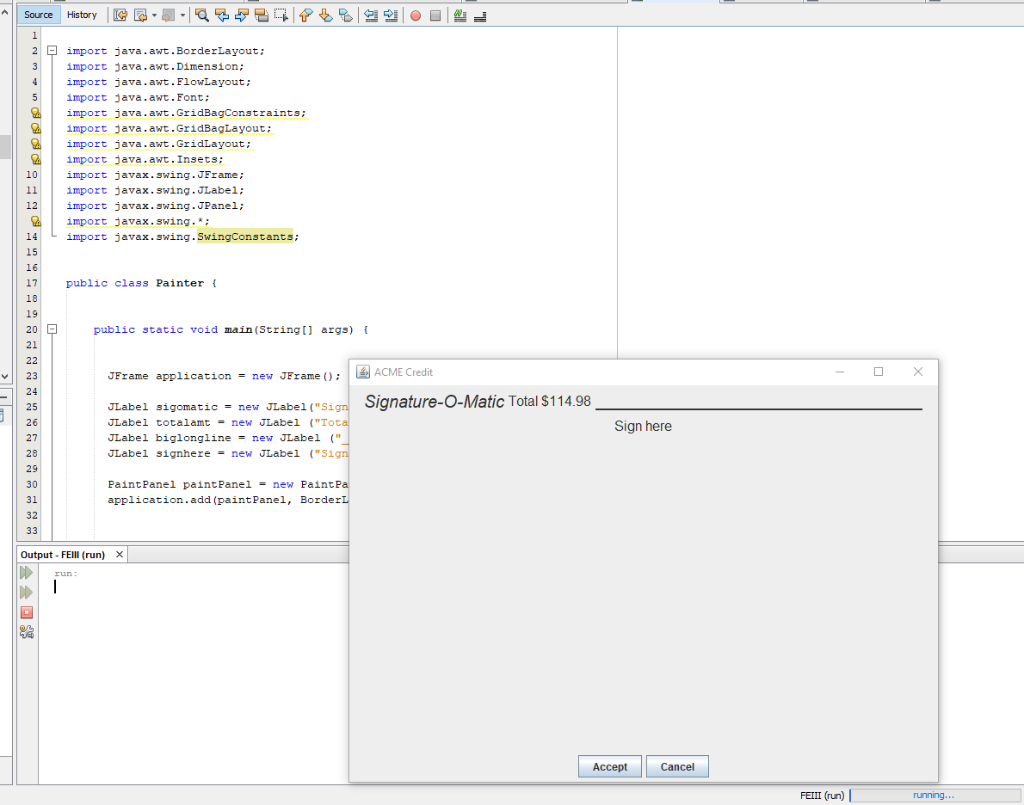
All extra space is placed in the center area. I have tried several combinations and tricks, also I have checked several forum posts without luck. In addition to absolute positioning, BorderLayout supports relative positioning, which swaps west and east components if the component orientation of the. A BorderLayout places components in up to five areas: top, bottom, left, right, and center.

However, in the CENTER area I would like to add a JTextArea (to print out console), but when I create a panel, add JTextArea, after adding a panel to BorderLayout.CENTER nothing appears and became grey.

For example, BorderLayout is the default layout manager for every content pane. There are also some specialized ones Layout variants such as BoxLayout, CardLayout, GridBagLayout or overlay layout. Los Gestores de Diseo son objetos que tienen la capacidad de organizar los componentes de una GUI bajo sus propias normas cuando estos son agregados, darle tamao minimo/maximo que resulte visible, posicionamiento, reacomodar los elementos si se cambia el tamao del marco, etc. In each of these five areas a component can be inserted, making a total of five components may appear. An excellent feature in Swing is having a default layout manager for. What are the different types of layout manager in java The three most frequently used layout managers are FlowLayout, BorderLayout and GridLayout with them, we will therefore be in the deal with the following sections. Gestores de Diseo: FlowLayout y BorderLayout.

de la biblioteca y no tiene que crear los componentes desde cero. I use a BorderLayout combined with a FlowLayout, which works perfectly when I set up the BorderLayout.NORTH. BorderLayout as Layout Manager: To divide the container area into the five areas North, South, West, East and Center are used Object of the class BoderLayout as layout manager. Puede utilizar los componentes de la GUI de Java como el botón, el cuadro de texto, etc.


 0 kommentar(er)
0 kommentar(er)
